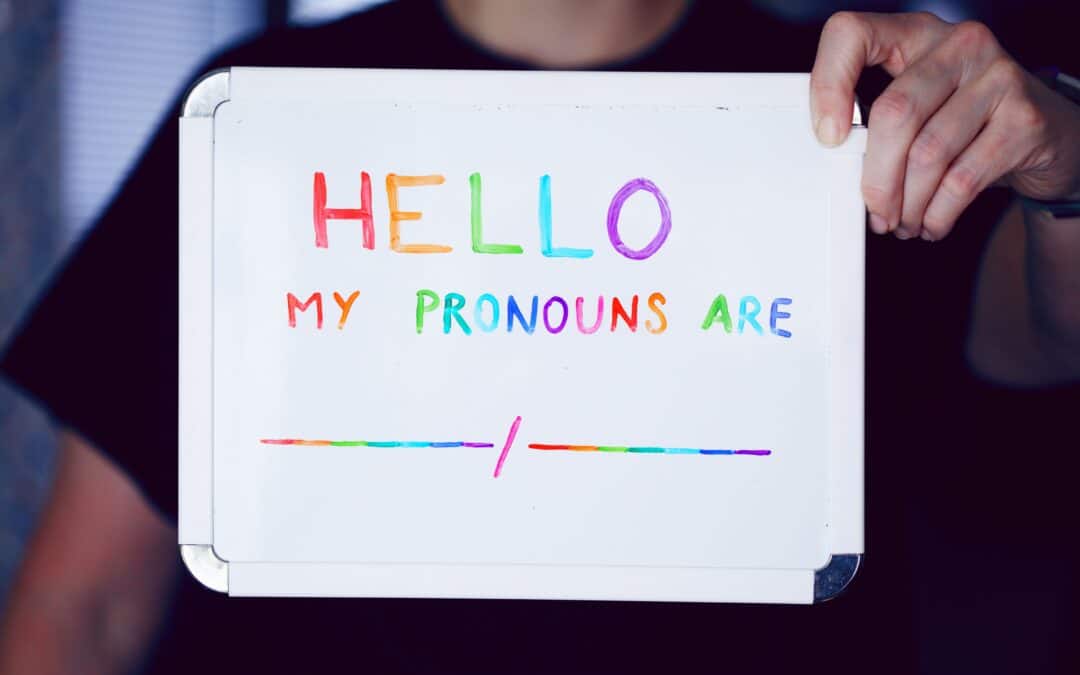May 6, 2025
By Mary Jenson
Studies show that gender fluidity is often a normal experience of childhood, yet 84% of gender dysphoric children desist by adolescence. However, nearly half of all US schools are encouraging gender neutral pronoun use to foster inclusion. Many countries are mandating preferred pronoun use and recognizing gender neutral pronouns legally and socially.
In 2017, Canada passed its historic Bill C-16 amending the Canadian Human Rights Act to, “add gender identity and gender expression to the list of prohibited grounds of discrimination.” More recently, Colorado lawmakers are considering a bill that will enable the state to remove a child from parental custody if preferred pronouns are not respected within the home. Worldwide, the commonplace acceptance of these policies are setting our children up not for success but failure.
Children who would have otherwise desisted from gender dysphoria by adolescence may actually be encouraged toward medical transition through social transition.
Social transition includes:
“changing one or more aspects of one’s presentation or expression, such as name, appearance, or behavior, with the goal of being perceived and treated as a member of the other sex, or to avoid being perceived and treated as a member of one’s own sex.”
Pediatrician Quentin Van Meter asserts that social transition is neither harmless nor reversible. It tears the child’s social world apart as they begin pretending to be someone they are not. The attention they receive for all these changes is addictive, promising a false sense of security for kids who feel awkward in their growing, changing bodies. This is not equivalent to a true sense of belonging.
The main argument in favor of using preferred pronouns is that trans-identifying youth are at greater risk of suicide than the general population. Therefore, using their requested pronouns helps to lower rates of suicide by increasing feelings of acceptance. The U.S. Department of Health and Human Services recently published a review of evidence, calling for a closer look at the data and a need for longitudinal studies which are absent from the current discussion. The report also mentions that studies often fail to, “disentangle the effects of social transition from concurrent interventions such as psychotherapy or medical treatments.”
What society is trying is not working. Data does not support that our youth are better off socially transitioning. Parents can lovingly support their children by working with a gender exploratory counselor, initiating necessary interventions with school systems, and advocating for policies that protect parental rights of decision making.
Parents have a responsibility to do what is best for their children. Our aim is to love and accept everyone as they are while choosing interventions that are evidence-based and will truly do no harm. It is critical that children have adult figures to help them accept themselves as they were born and navigate the confusion of puberty; they do not have to change their pronouns to discover belonging.

